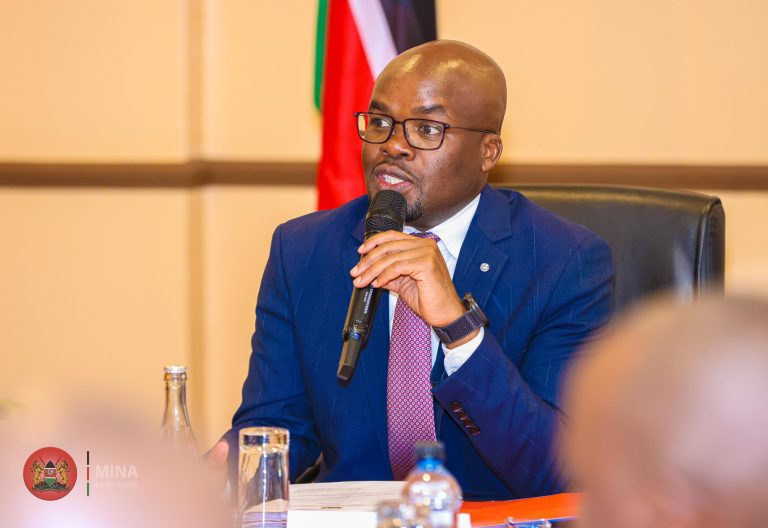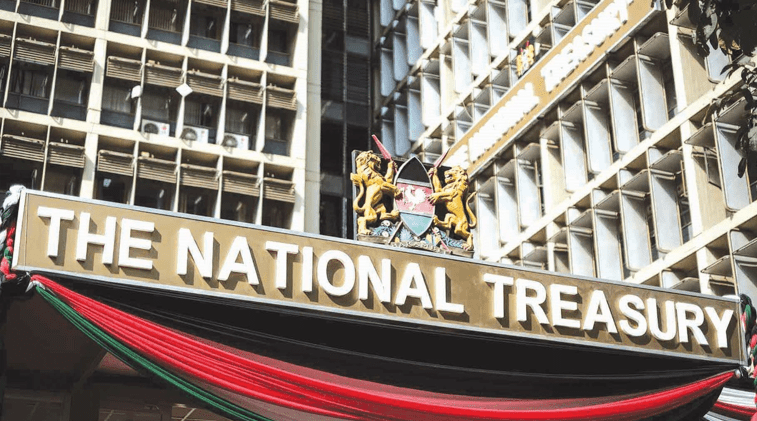Kenya’s reliance on donor funds growing, PBO says
By Noel Wandera, October 28, 2024Kenya is increasingly reliant on donor funding, with the latest data from the Parliamentary Budget Office (PBO) revealing that external funding now constitutes about 43 per cent of the total development budget, amounting to Sh277.32 billion, up from 37 per cent in previous years.
This trend underscores the growing dependency on international partners as domestic revenue mobilisation faces mounting challenges. The government is faced with constrained tax revenues and an overall decline in development allocations.
“Of the total approved development partners’ funding for Sh277.325 billion, total bilateral loans and grants is approximately 31 per cent while multilateral loans and grants are at 69 per cent,” the PBO says.
According to PBO, the approved budget for development activities has dropped from Sh746.3 billion to Sh641.2 billion, primarily due to the loss of the 2024 Finance Bill. This reduction has led to a notable decrease in the Government of Kenya’s contribution to development financing, which has fallen from 44 per cent to 34 per cent of the total budget.
Legal thresholds
Such a decline raises alarms about the government’s commitment to its development agenda and adherence to legal thresholds for funding relative to recurrent expenditures. With domestic revenue collection struggling to meet targets, external funding has become more crucial.
This reliance on external sources is not without its risks, as it raises concerns about Kenya’s economic sovereignty and decision-making autonomy, with conditions imposed by donors may not always align with national interests, potentially skewing priorities in favour of external agendas.
A review of sectoral allocations highlights that donor-funded initiatives span 10 sectors, with energy, infrastructure, and Information and Communication Technology (ICT) receiving nearly half of the approved allocations of approximately Sh112 billion.
Conversely, sectors like national security and governance receive significantly lower funding, indicating potential disparities in how resources are prioritised.
The health and education sectors collectively account for 33 projects valued at Sh36 billion, with health initiatives benefiting from earmarked funds such as the Special Global Funds for HIV, Malaria, and Tuberculosis.
However, despite these allocations, PBO notes that only 55.7 per cent of the allocated resources are being utilised effectively. This underperformance poses risks for timely project implementation and may necessitate in-year budget revisions that disrupt planned expenditures.
Official Development Assistance (ODA) plays a pivotal role in financing Kenya’s development agenda. Of the total approved funding from development partners amounting to Sh277.3 billion, bilateral loans and grants comprise about 31 per cent, while multilateral contributions account for approximately 69 per cent.
Key bilateral sources include France (10 per cent), Germany (6 per cent), Japan (5 per cent), China (3 per cent), and South Korea (2 per cent).
Global Fund account
On the multilateral front, the World Bank accounts for 39 per cent of total loans and grants portfolio amounting toSh107.6 billion, while the African Development Fund (ADB/ADF) and Global Fund account for the second and third largest multilateral share of approved allocations at 14 per cent equivalent to Sh37.78 billion and 9 per cent of Sh25.19 billion respectively.
This influx of external funding is essential for sustaining various development projects across the country but also creates vulnerabilities if not managed effectively.
More Articles

